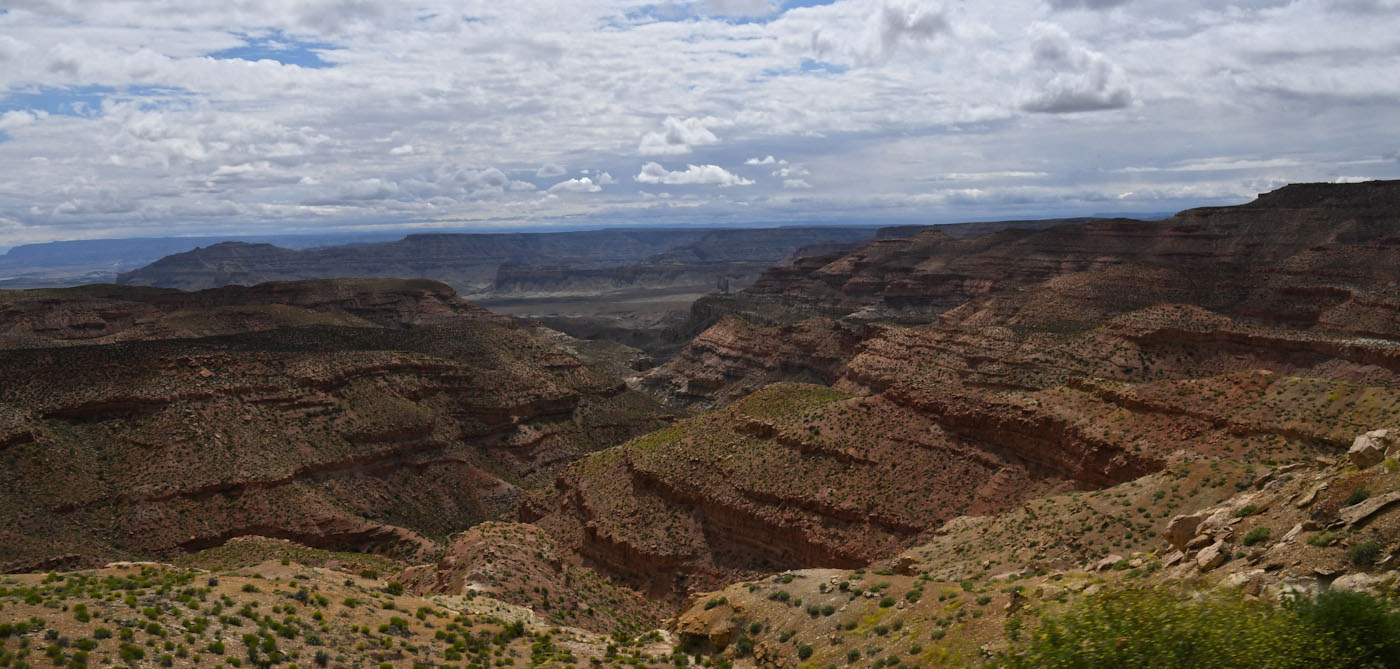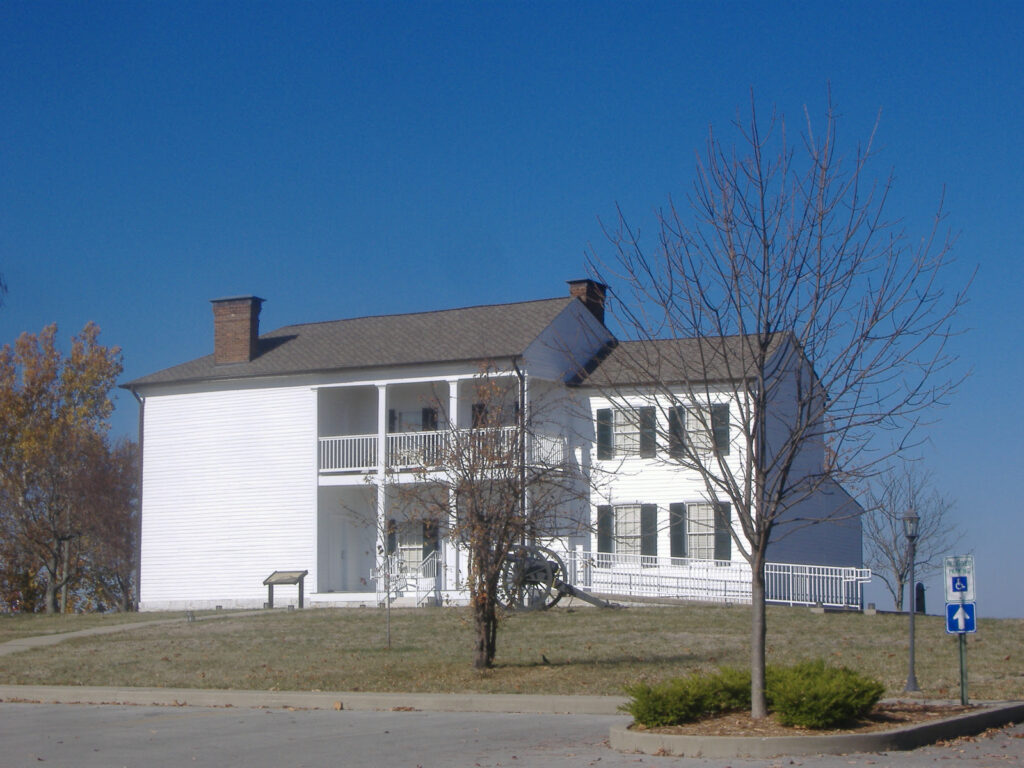President Trump’s decision last year to shrink Bears Ears National Monument and Grand Staircase-Escalante National Monument remains controversial and is the subject of about half a dozen lawsuits brought by tribes, environmental groups, and outdoor gear companies. This week, the debate over President Trump and the Antiquities Act took a turn when President Trump designated Camp Nelson National Monument, honoring a refuge for freed slaves in the Civil War and one of the few places where African American soldiers could enlist and train.
Opponents of shrinking Bears Ears claim it is hypocritical for the president to reduce that monument but also use the Antiquities Act to establish other monuments. That argument reflects the triumph of rhetoric over reason.
In announcing the reduction of Bears Ears and Grand-Staircase, the President and his supporters did not claim all monuments are illegitimate. Instead, they argued that the lack of substantive and procedural limits on the President’s power under that statute encouraged abuse, particularly through the establishment of huge monuments over the objections of states and surrounding communities.

Camp Nelson is distinguishable from Bears Ears in both respects. First, at 525 acres, it’s relatively small. A modest monument like this doesn’t raise the same concerns as the former 1.35 million acres contained in Bears Ears or the 5,000 square miles in Northeast Canyons and Seamounts Marine National Monument.
National monuments vary dramatically and their controversy is usually proportional to their size. The smallest national monument ever created was the Father Millet Cross National Monument at eighteen square feet. The largest is the Papahānaumokuākea Marine National Monument, which is twice the size of Texas. Thus, concerns about monument size will not apply equally to every monument.
Another source of controversy is whether a monument was established with local support or in the face of local opposition. From press reports, it appears that Camp Nelson National Monument was supported by everyone. Congressmen from Kentucky, where the monument is based, have urged it’s creation and proposed legislation to protect the area. Bears Ears, in contrast, preempted a compromise legislative proposal and was established over the objections of the Utah delegation and many locals.
The more interesting question about Camp Nelson is whether its designation is permanent or, like Bears Ears, whether a future president could alter or abolish it. The theory underlying the lawsuits against the Bears Ears decision is that monument designations are permanent as soon as they are made, absent new legislation. I’ve argued to the contrary because unilateral executive actions are generally not irrevocable, the statute contains no indication the President can’t modify existing monuments, no one in Congress commented on this anomaly at the time nor for 100 years after, and Presidents have repeatedly modified monuments for more than 100 years.
What does this mean for Camp Nelson? “Permanent” protections will require legislation. That outcome seems possible in this case, based on the broad support for those protections and the historical importance of this site. Camp Nelson was one of only three places where African-American soldiers were enlisted and trained for the Union army, which gives the site a unique role in the nation’s Civil War and civil rights history.
It will be interesting to see what happens with the already pending legislative proposals, now that a monument has been unilaterally declared by the President. Legislation to protect an area requires a high degree of consensus, which promotes compromise rather than conflict. The incentive to pursue this often time-consuming and difficult approach is that it takes the same difficult process to undo. Thus, the President cannot unilaterally eliminate a national park, which requires legislation both to establish and modify. National monument designations, by contrast, require no consensus, can encourage conflict, and are as easy to change as they are to establish.




